|
When it comes to “names in stone,” nothing beckons Christmas in Mount Olivet Cemetery more than a prominent grave monument in Area GG. It is that of Dr. Karl and Edna Tannenbaum—a stone that brings (Christmas) music to my ears every time I pass by it. I took a few years of German language class in high school, and another two in college, but where has it gotten me? Well, I know “Guten Tag!” (Good day) and Danke (Thank you). I also learned that my favorite picnic side item is kartoffel salat (potato salad) ,”Blitzkrieg” means lightning war, and “ausfahrt” signifies an exit, as in a highway off ramp…and could perhaps have connections to a like word for flatulence, but I digress. It’s amazing how little by little, the German words come back to me from time to time—primarily food oriented items. 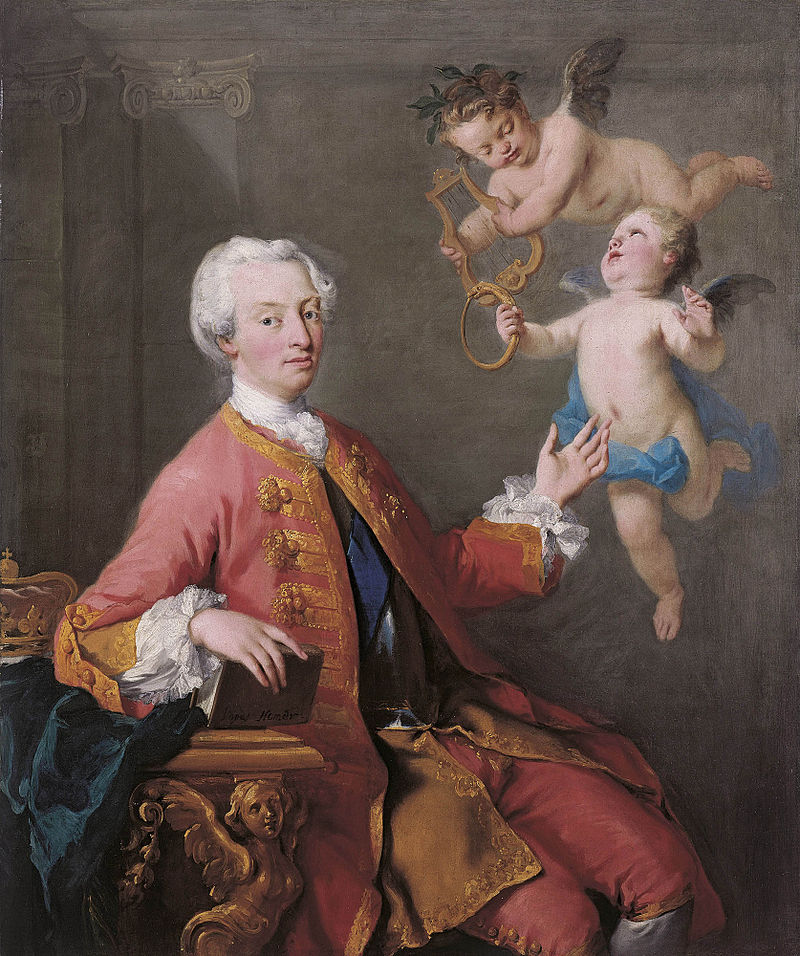 Frederick, Prince of Wales Frederick, Prince of Wales I have familial connections to Germany as well. I had a GG Grandfather by the name of Wilhelm Koch, a carpenter by trade, who came to America from Germany in the 1850’s. Of course, this was a late arrival compared to the vast amount of German immigrants who made their way to Frederick in the Colonial era. In fact, our city and county name of Frederick was purposely devised to attract these people. Frederick, Prince of Wales (Feb. 1, 1707 – March 31, 1751) was heir apparent to the British throne from 1727 until his death from a lung injury at the age of 44 in 1751. Born in Hanover, Germany, he was the eldest, but estranged, son of King George II and Caroline of Ansbach. We took offense to his father during the famed Stamp Repudiation of 1765, and did more so to his son, King George III, during the American Revolution. Speaking of wars, my grandfather was a veteran of World War II. After the conflict, he was stationed in Germany as one of the many US military personnel participating in the Allied occupation after the war. This after spending a good portion of the legendary conflict in German POW camps, where he dined on stale bread and grass and potato skin soup…certainly nowhere as tasty as kartoffel salat. They stayed in Germany from 1949-1952, where my father attended a US military school, accessible by a daily train ride of 90 minutes each way. My Dad knew plenty of German words, and relayed to me his observations of German culture and traditions displayed in the immediate post-war era. One of the interesting things he talked about was attending the famed Passion Play in Oberammergau, and spending a few Christmas holidays in the Deutschland. He said the big day was called “Erste Feiertag” (first celebration) followed by “Zweite Feiertag” (second celebration). He talked of Belsnickel and Kris Kringle, and culinary favorites such as stollen and fruchtkuchen. He also told my brothers, and I, that the song most of us adore as “O’ Christmas Tree,” is known in Germany as “O’ Tannenbaum.” Yep, ”Tannenbaum,” that’s another term that has always stuck with me. Like many other English speaking folks, I think of it regularly when singing the popular Christmas classic. However, knowledge can be as dangerous as it is powerful sometimes. I have mistakenly referred to decorated Christmas trees as “tannenbaums,” but that is “falsch,” or “unrecht” as the Germans would say. A tannenbaum is a fir tree--sans the ornaments, balls, lights and tinsel as I see that I’ve decided to now employ a French flare for the story. This “fehler” (mistake) may come as a surprise to some. The common lyrics of the song were written by a teacher and organist from Leipzig, named Ernst Anschütz. His 1824 creation refers to the au naturel fir tree as a symbol of faithfulness. After all, the evergreen qualities of the fir tree contrast the bare looks of most deciduous trees during the winter season. Anschütz’ lyrics lament an unfaithful maiden and refer to the fir tree as a true, constant and faithful companion. Apparently this whole thing was based upon an earlier folk tale and this is where things get convoluted. The composer modeled his text after a tragic love song (inspired by an earlier 16th century folk song called “Ach Tannenbaum”) taking the evergreen, the ever "faithful" fir tree, as contrasting with an unfaithful lover.
That may look a little foreign to us, pardon the pun. We have Anglicized/Americanized the song a bit through the years. One thing led to another and the song eventually became associated with Christmas, which prompted Anschütz to add two additional verses to his traditional rendition. The custom of the Christmas tree developed in the course of the 19th century, and the song would come to be seen as a Christmas carol. Ernst Anschütz's version still had treu (true, faithful) as the adjective describing the fir's leaves (needles), harking back to the contrast to the faithless maiden of the folk song. This was changed to grün (green) at some point in the 20th century, after the song had come to be associated with Christmas:
As I began my research into the lives of the Tannenbaum humans buried in Mount Olivet, I quickly found that they were as faithful to each other as their namesake tree. They married in 1929, and happily stayed together until Karl’s sudden death in 1959. Imagine my surprise when I learned that Mrs. Tannenbaum was the former Edna Blanche McAbee. To “faithful” readers of this blog, the McAbee name should “ring a bell” so to speak—it belongs also to Edna’s beloved older sister, Clara. Clara McAbee was the focal point of our most popular past stories. The former Lime Kiln resident was named “Maryland’s Prettiest Girl” in 1915 and won the opportunity to compete for the national competition in California. She finished second, but had become an instant celebrity back home in Frederick. And what good are celebrities without a touch of “celebrity scandal?” Young Clara found herself embroiled in a big one, that brought her name back to national headlines once again, but this time not so favorable. In 1918, she was named as the “other woman” responsible for breaking up the marriage of a prominent local dentist named Albert Leon. The tooth specialist was anything but “a fir tree” at least pre-Clara, but the secret lovers would eventually marry and remain faithful to one another over the remainder of their lifetimes. Their gravesite is only 20 yards from the Tannenbaums in Area GG. The couples visited one another regularly, and frequently vacationed together. Karl Hart Tannenbaum Karl Tannenbaum was born on July 12th, 1892 in Montgomery, Indiana, but would spend the majority of his childhood in Crawfordsville, west of Indianapolis. For Frederick history fans, Crawfordsville was the birthplace of another important person in our past—Gen. Lew Wallace, Union hero of the Battle of Monocacy during the American Civil War. Tannenbaum’s parents were German immigrants, his father arriving in this country in 1874. Solomon Tannenbaum entered into a partnership with relative Max Tannenbaum, and the tandem ran a successful clothing business in Crawfordsville. The store was devastated by a fire in 1883, but Sol struck out again and became one of the town’s most prosperous merchants. Karl’s mother was the former Carolyn Hart, and married “Sol” Tannenbaum in 1889. The couple had two children, with a first born named Ferdinand (born 1890). Karl attended local schools and graduated from Crawfordsville High in 1910. He would set his sights on a profession in medicine, first attending undergraduate studies at Crawfordsville’s Wabash College, and then following up with pursuit of his medical degree at Baltimore’s Johns Hopkins School of Medicine. He graduated from the latter in 1919, with a degree in urology. Edna McAbee Meanwhile, Edna McAbee was born on March 10th, 1897 in the vicinity of Lime Kiln, a small village that sits adjacent the original route 15 south, today known as Maryland route 85/Buckeystown Pike. The once booming industrial complex can be found just south of English Muffin Way, and roughly one mile north of Buckeystown. She was the daughter of Joseph F. McAbee and Eliza C. Funk, the fourth of eight children. The McAbees operated a general store out of the front of their Lime Kiln household, located north of Lime Kiln where the old B&O railroad intersected the Buckeystown Pike. She excelled in school and had aspirations of getting into the medical field, just like her future husband. She would go to Baltimore in the late teens, enrolled as a nursing student at the Church Home and Infirmary, located on Broadway, between East Fayette and East Baltimore Streets, on "Washington Hill" several blocks south of the Johns Hopkins Hospital. This long-term care facility was affiliated with the Episcopal Diocese of Maryland. The location was originally that of the Washington Medical College, the place at which Edgar Allan Poe, was taken in October 1849 after being found found semiconscious and ill in a street gutter near East Lombard Street. He subsequently died here soon after. I don’t know how it happened, but the couple apparently found love and “greenery” in one another in those school days, or immediately thereafter. Karl went back to Chicago and began a practice he would cultivate over the next 26 years. He married in 1929 and the couple can be found in the 1930 census living in Chicago at the Mayfair Apartments Hotel at 5496 Hyde Park Boulevard. They soon moved to 200 E. Chestnut Street on the city's north side. I didn’t find a great deal of information. I wouldn’t necessarily find the life of a urologist to be full of color, but the newspaper often mentions the couple visiting friends and Mrs Tannenbaum, graciously hosting teas and card parties. One of the neatest finds included the following article from the Chicago Tribune, dated April 21st, 1931. Ahhh, the restorative qualities of grape juice—who knew? A urologist, that’s who! A number of studies suggest that grape juice can provide brain benefits similar to, and perhaps longer-lasting than, those of red wine, most likely because both beverages contain flavonoids, compounds that are powerful antioxidants and anti-inflammatories. In fact, a study published in the March 2016 issue of the American Journal of Clinical Nutrition found that a small group of middle-aged women who drank a daily 12-ounce glass of Concord grape juice for 12 weeks experienced significant improvements in cognitive function and driving performance compared to a similar group who received a placebo. Way to go Edna! In 1940 the couple can be found living on 117 Chestnut St. in Chicago where Dr. Tannenbaum was listed in private practice as a urology surgeon. The couple would have no children, just like the Leons. Dr. Tannenbaum would semi-retire in 1953 and the couple left the Midwest to come back east to Maryland, and Clara’s hometown of Frederick. I’m assuming the relationship with the Leons certainly played a role here. Once established in Frederick, Dr. Tannenbaum worked in a semi-retired capacity. He practiced internal medicine at an office at 8 E. 2nd Street. The couple took up residence in Apartment A, Building Four of Watkins Acres. This apartment complex for seniors is located on Carroll Parkway, just east of Frederick High School. Today this complex goes by the name of Parkview Apartments. Again, several articles can be found in the local paper boasting the Tannenbaums out of town visitors, guests, and card parties, etc. Occasional articles would provide mention of Dr. Tannenbaum assisting patients, or the community through his work with civic and non-profit organizations. In 1959, the Tannenbaums had plans to spend the Christmas holiday in Chicago with old friends. They made the trip to “the Windy City” with no problems, and had accommodations at the Drake Hotel. Dr. Tannenbaum had been in good health upon his departure from Frederick. However, he was taken ill in his hotel room on December 23rd. He would suffer a heart attack. The doctor was rushed to Wesley Hospital, a facility he was quite familiar with. Here he died, just two days before Christmas. Edna would accompany the body of her beloved husband back home to Frederick, assisted by Albert and Clara Leon. The former surgeon would be buried here at Mount Olivet on December 28th in Area GG, Lot 237.
1 Comment
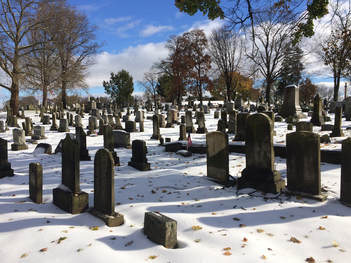 It’s quite amazing how fast time flies. A few years ago on this very date, I was walking the grounds of Mount Olivet and taking photos of some of the many, holiday decorated graves in the cemetery. For those who have never visited Mount Olivet at this time of year, I strongly urge you to come and see for yourself. Mother Nature and her “seasonal work” certainly helps create distinct, and different, cemetery imagery throughout the year. These include the annual backdrop changes—bright pastels of spring, the lush, greenery of summer, fall foliage and occasional blankets of snow in winter. But that’s not where it ends as some of this changing viewshed is man-made. Floral arrangements, flower pots and hanging baskets aesthetically please the eye in our monumental “city” of gray and white stones. Memorial Day boasts 4,000 flaglets of red, white and blue—proudly placed on the graves of 4,000 military veterans thanks to the yearly efforts of our local American Legion post. Now in wintertime, when we don’t have snow, the cemetery has the potential to look its least visually pleasing. However, the loyal and creative efforts of our lot-holders and hundreds of families/descendents bring warmth through holiday decorating of gravesites with items such as wreaths, garland, poinsettias, holiday figurines and solar lights. We even have some instances where folks have placed miniature Christmas trees by graves. I know this tradition of holiday grave decorating isn’t for everyone, as we occasionally field complaints and displeasure from certain lot-holders and patrons telling us that some gravesite exhibitions look tacky and trite. Our management view here at the cemetery holds that those who are decorating graves be respectful to neighboring sites, while exercising a degree of decorum. Many say, “Cemeteries are for the living,” and we all have different ways of showing our love and gratitude to family members and friends of yore at this special time of year. Maybe not the most appropriate thing to say in reference to a cemetery, but I say “Live and let live!” 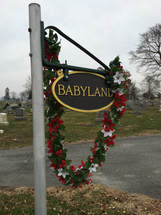 Last year, a holiday decorating effort in Mount Olivet made front page news in our local newspaper. An 11-year-old from Ashburn, VA, Ella Myers, decorated the Babyland Area of the cemetery with hand-painted popsicle sticks/tongue depressors which she had painted herself. For those not familiar with this area of the cemetery, Babyland is a very special place reserved for the most innocent of our decedents, such as newborns, infants and small toddlers. There are roughly 500 buried here, only about half having some sort of marker or monument. For some individuals, this is considered the saddest place in the cemetery as one ponders the fact that these children didn’t have the opportunity to experience what the rest of us have. The genesis for Ella’s efforts occurred a few weeks before when the youngster accompanied her grandparents on a decorating mission to the cemetery for a few family member graves. She told us that she felt sad that many graves in the cemetery were not decorated for the holidays, especially taking particular notice of those gravesites of babies and small children. Ella commented on how lucky she is to be able to celebrate the holidays, while these children don’t have that chance. She wanted to make sure that these children were remembered by someone in addition to beloved family members who still survive and mourn their losses-a very evocative gesture for the rest of us. We did receive a few complaints about Ella’s kind gesture. Some folks didn’t like the fact that a stick saying “Happy Holidays” was placed, while others thought that it was an invasion of privacy. For the most part, countless folks were amazed and the maturity, initiative and thoughtfulness by this young person who is not even a Frederick resident. Well, Ella came back again last weekend, and placed newly hand-crafted “sticks” on the graves that include markings. We, the cemetery staff and Board of Directors, applaud this young lady’s selflessness and efforts. It’s interesting for me to see another uncanny connection here between Ella’s “Christmas in Babyland” project and my memorable day of picture taking two years ago. I found myself in Area Q, within ten yards of the famed Barbara Fritchie monument, when I suddenly became captivated by the grave of a three-year-old child, named Owen Wendell Compher. Like Ella, little Owen was a native of Virginia, and has familial connections to Ella’s home of Loudoun County.  Owen Wendell Compher Owen Wendell Compher passed in 1914, and his final resting place was marked by a classic figurine monument depicting a winged, cherub angel. Standing only a few feet high, I had seen this hand-sculpted piece plenty of times before, but on this particular day, someone had added a distinct hint of holiday flare. No, it wasn’t a popsicle stick, but rather a festive laurel wreath placed on its head. Now, I want to explain a few things here for those who may not understand the symbolism of cherubs and laurel wreaths, especially as they pertain to cemeteries. Cherubs were commonly used to designate the graves of children. This was very common in the Victorian period, but still holds true today in some cases. Cherubs have actually been humanized and depicted as pudgy babies or toddlers with Baroque fashioned wings. They are said to symbolize the omnipresence of God. A laurel wreath is a symbol of victory and honor. It is a round wreath made of interlocking branches and leaves of the bay laurel. It is worn as a chaplet around the head, or as a garland around the neck. In Greek mythology, Apollo is represented wearing a laurel wreath on his head. In ancient Greece wreaths were awarded to victors, both in athletic competitions, including the ancient Olympics, and in poetic meets. In Rome, laurels were symbols of martial victory, crowning a successful commander during his triumph. They commonly appear in funerary art as representing a victory over death by the decedent. While we are on the subject, the common expression "resting on one's laurels" refers to someone relying entirely on long-past successes for continued fame or recognition. Thinking back to the day I took the picture, I wondered as I wandered out under the sky. “Who decorated this grave?—Was it a relative or family historian—or just an admirer of this beautiful monument, which, over time, has lost both arms. And how the heck did that happen? I next pondered the more important question at hand: “Who was Owen Compher, and why was his life taken at such a young age?” I may never learn the answer of who placed the laurel wreath on young Owen’s cherub- themed monument. But this internet blog format of ours may be read one day by the creative “outfitter” in question, and hopefully will contact me so that I can relay the rest of the story. In the meantime, here is what I learned of young Owen. Owen Wendell Compher was born August 29th, 1910. He was the only son of Owen West Compher (1879-1978) and wife Alice C. Hughes (1881-1964). The family lived in Norfolk, Virginia at the time of their son’s birth. Mr. Compher was a bookkeeper, and later served as secretary/treasurer for the J. E. Etheridge Lumber Yard operation in town. Little Owen’s father, Owen West Compher, was born in Loudoun County, VA, his family having deep roots in the Lovettsville area. He moved to Frederick as a toddler and grew up here, his family taking up residence at 201 Washington Street. Owen West's name appears a great deal in the papers of Frederick in the 1890’s and 1900’s in connection with musical interludes. He seems to have been a talented pianist and violinist. To make his living however, he would use his fingers more readily on credit and debit sheets as he served as bookkeeper for the Frederick Milling Company. Owen West never abandoned music as he once held the role of organist for All Saints Protestant Episcopal Church. Mr. Compher would abandon Frederick, however, relocating to Norfolk, VA in 1904. Owen Wendell Compher’s mother hailed from Baltimore, and was the former Alice Cramer Hughes. She was the daughter of Wendell O. Hughes and Harriet Rebecca Cramer. Alice and family once lived at 49 W. Second Street in Frederick City. They moved to town after her father died prematurely at the age of 38 of pneumonia. Alice was only twelve at the time. In June, 1909, the Baltimore Sun reported that Miss Hughes had married Owen West Compher of Norfolk, VA. The couple were married at the Strawbridge Methodist Episcopal Church outside of New Windsor, MD. Afterwards, they departed on a honeymoon trip to Atlantic City (NJ), after which the new Mrs. Compher made her home with husband Owen in Norfolk.
In March of 1914, young Owen began experiencing fever and headache, the cardinal signs associated with the illness that would take his life—tuberculosis. Within two months, the Compher’s only child was gone. He passed on May 7th, and was first buried at Forest Lawn Cemetery in Norfolk. Forty-two years later, our cemetery records show that Owen Wendell’s body was moved to Frederick. A small burial service took place at 1:00pm on September 27th, 1956 as the Compher’s child was placed in a lot owned by Alice’s family of Hughes and Cramers. Little Owen’s grave monument was moved to Mount Olivet as well, after spending four decades on the Virginia coast. Respective footstone monuments for Mr. and Mrs. Compher were placed on the Hughes-Cramer family lot the following week, directly across for the winged cherub. Mr. and Mrs. Compher lived out the majority of their lives in Norfolk, but lived at Richmond's Hermitage Methodist Home in their Golden Years. Their mortal remains would join that of their son up here in Frederick. Alice Compher died in November, 1964 at the age of 83. She would celebrate 50 Christmases without her only child. Owen West Compher lived to be 98. One will notice that no one made the effort to make sure his death date of January 29th, 1978 was added to his monument. Owen West Compher rose up the ladder of Norfolk's J. E. Ethridge Lumber Company, eventually serving as President. On a personal level, endured 14 Christmas Days without his beloved wife, and carried the weight of 64 Christmastimes without his son and namesake. Both of these parents surely possessed a tremendous void in both heart and mind. I went out to visit the grave of Owen Wendell Compher the other day. After researching his life and that of his parents, I certainly felt further enlightened than on my inaugural visit two years ago. In the same vein, as I stared through the viewfinder of my camera to take a new picture of little Owen’s grave monument, I certainly felt a sense of sadness. I had been drawn by the stylish laurel wreath decoration placed atop the cherub’s head two years prior, but now I took note of its stark absence. My eyes were drawn to the broken arms of the statue. Immediately, I thought to myself how they could symbolically represent the two broken hearts of his parents. This pain isn’t any different than what the parents of Babyland’s inhabitants feel each time this year. For those of us fortunate enough to never have had a child in Babyland, or a cemetery for that matter, we can do our best to follow young Ella’s lead. Keep these precious little ones (and their parents) in your thoughts and prayers this time of year—and may all the children in Mount Olivet, and within burying grounds throughout the world, "sleep in heavenly peace." |
STORIES
|
Archives
July 2024
June 2024
May 2024
April 2024
March 2024
February 2024
January 2024
December 2023
November 2023
September 2023
August 2023
July 2023
June 2023
May 2023
April 2023
March 2023
February 2023
January 2023
December 2022
November 2022
October 2022
September 2022
August 2022
July 2022
June 2022
May 2022
April 2022
March 2022
February 2022
January 2022
December 2021
November 2021
October 2021
September 2021
August 2021
July 2021
June 2021
May 2021
April 2021
March 2021
February 2021
January 2021
December 2020
November 2020
October 2020
September 2020
August 2020
July 2020
June 2020
May 2020
April 2020
March 2020
February 2020
January 2020
December 2019
November 2019
October 2019
September 2019
August 2019
July 2019
June 2019
May 2019
April 2019
March 2019
February 2019
January 2019
December 2018
November 2018
October 2018
September 2018
August 2018
July 2018
June 2018
May 2018
April 2018
March 2018
February 2018
January 2018
December 2017
November 2017
October 2017
September 2017
August 2017
July 2017
June 2017
May 2017
April 2017
March 2017
February 2017
January 2017
December 2016
November 2016

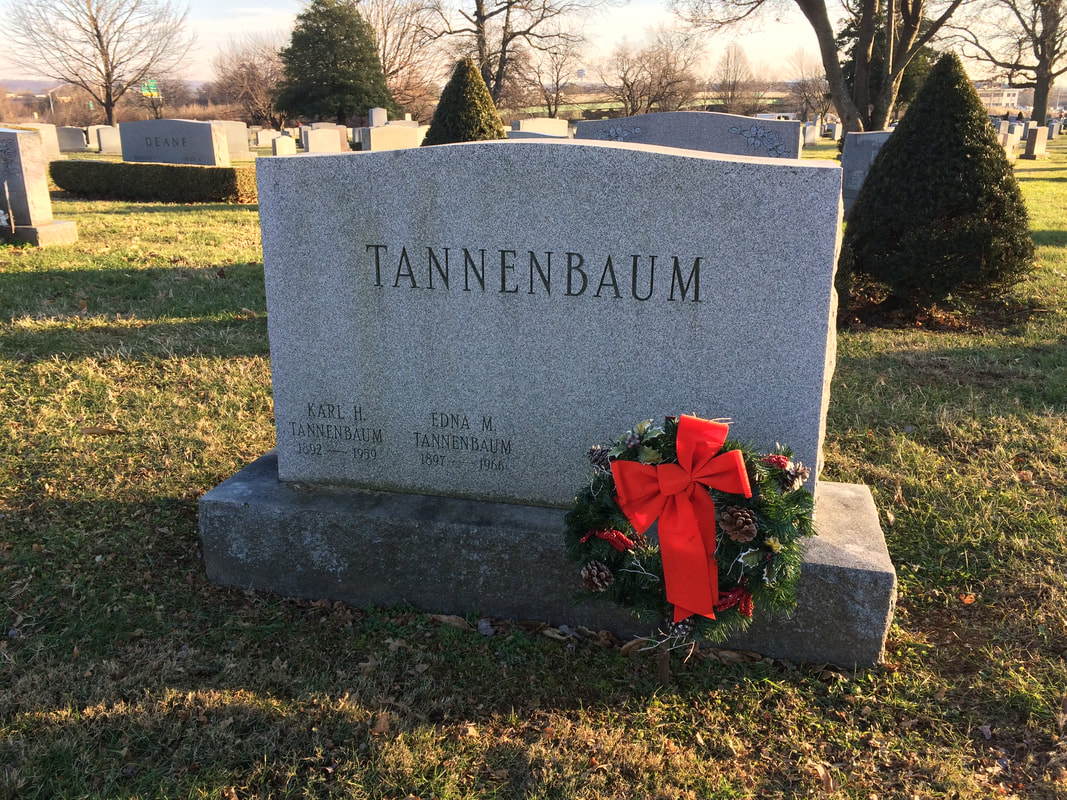
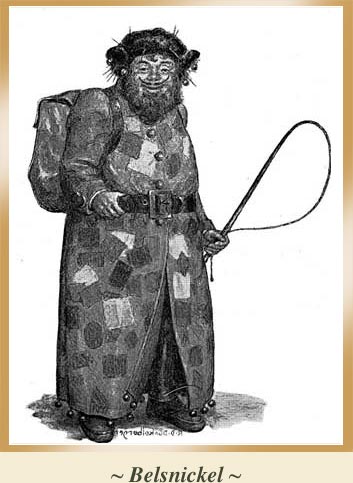
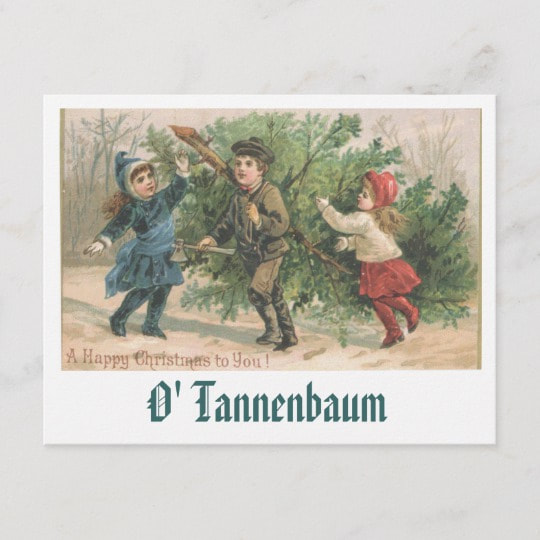
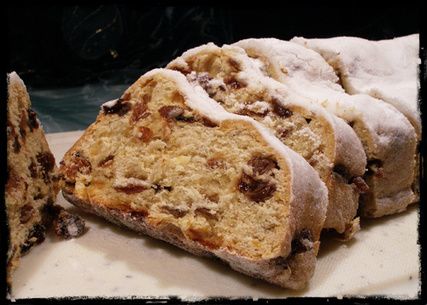
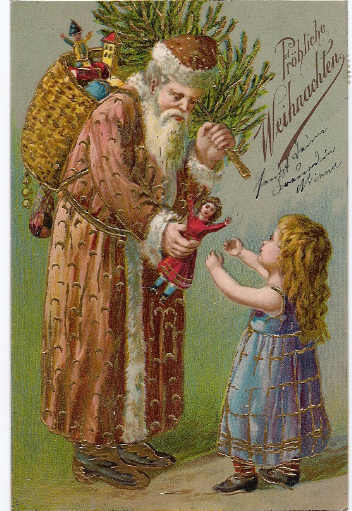
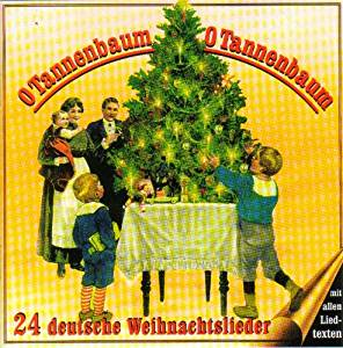
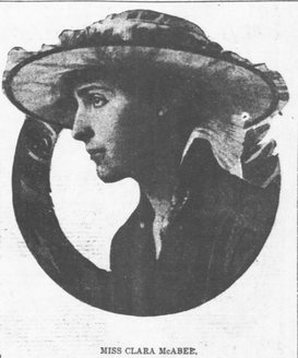


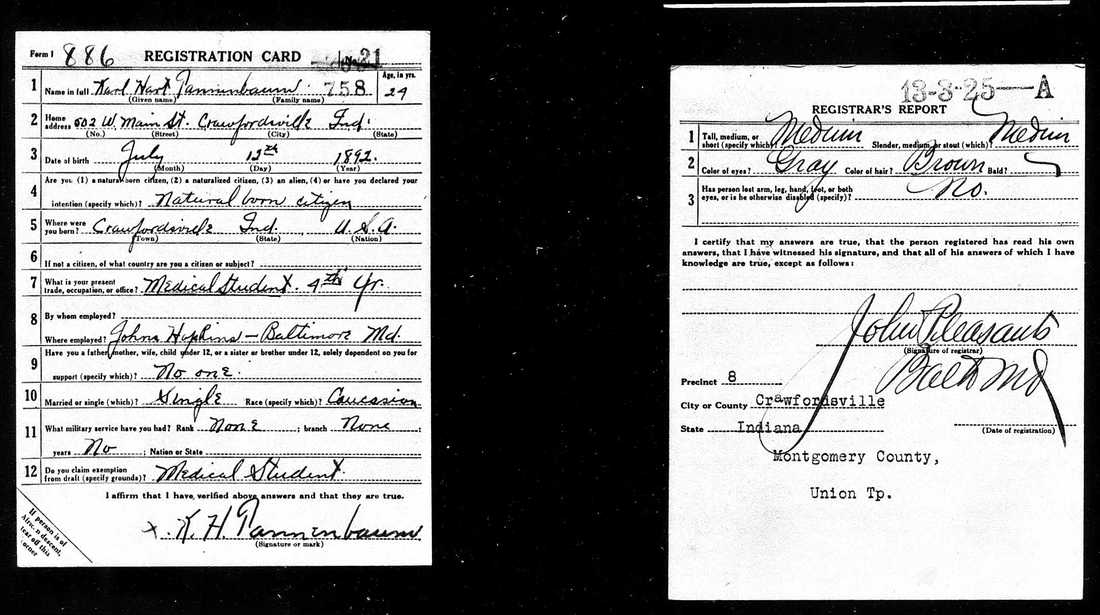

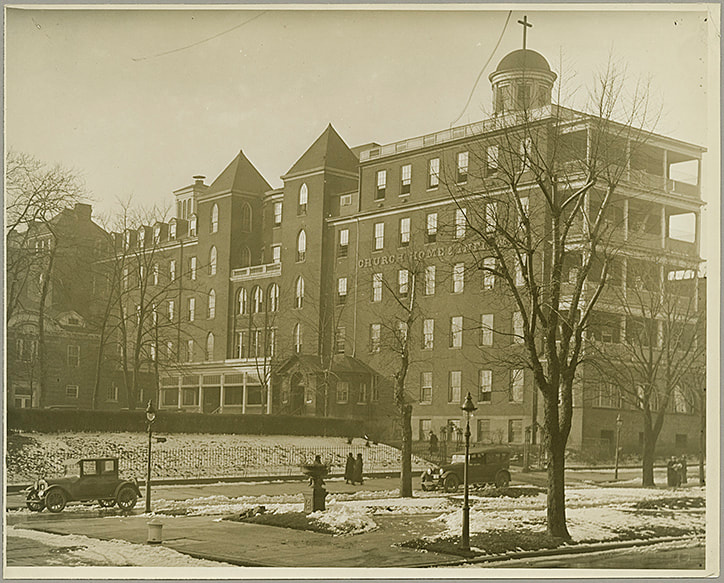

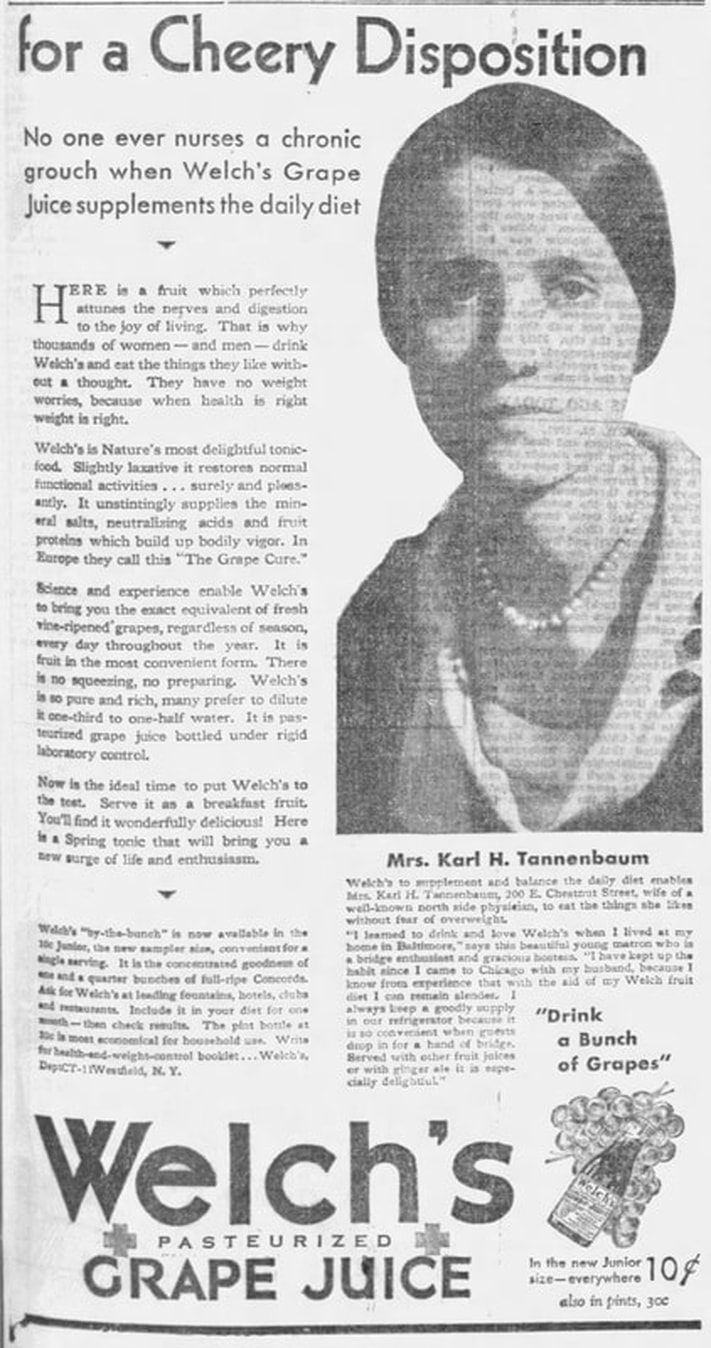
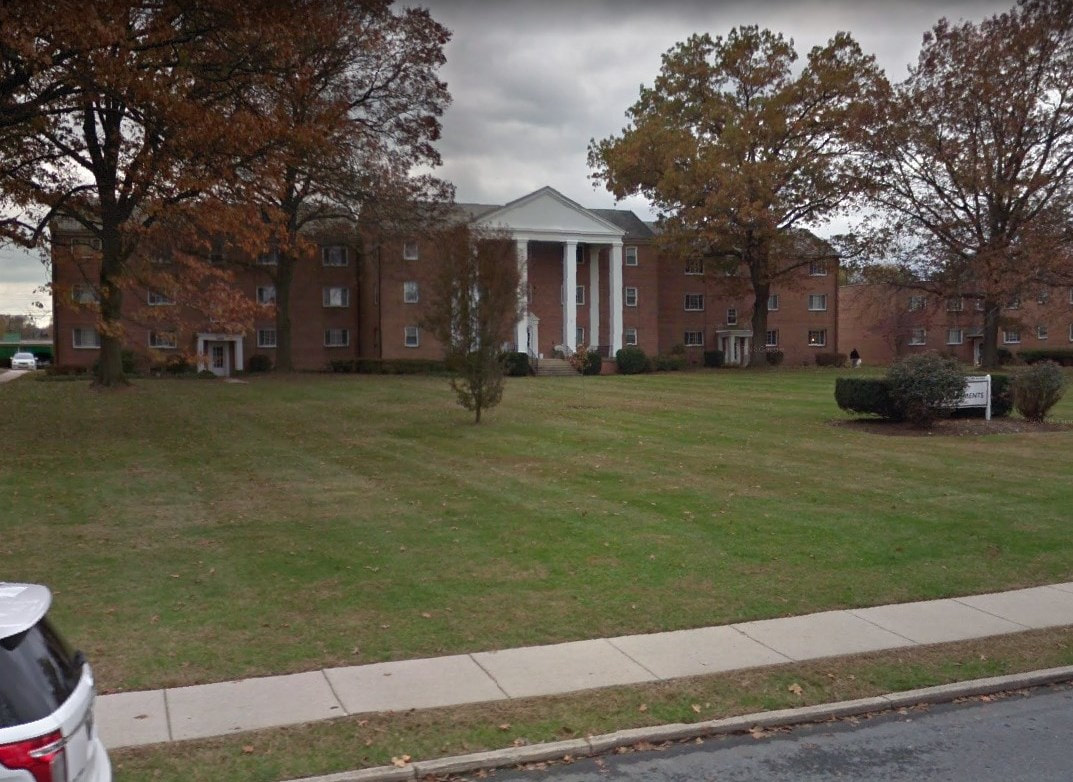
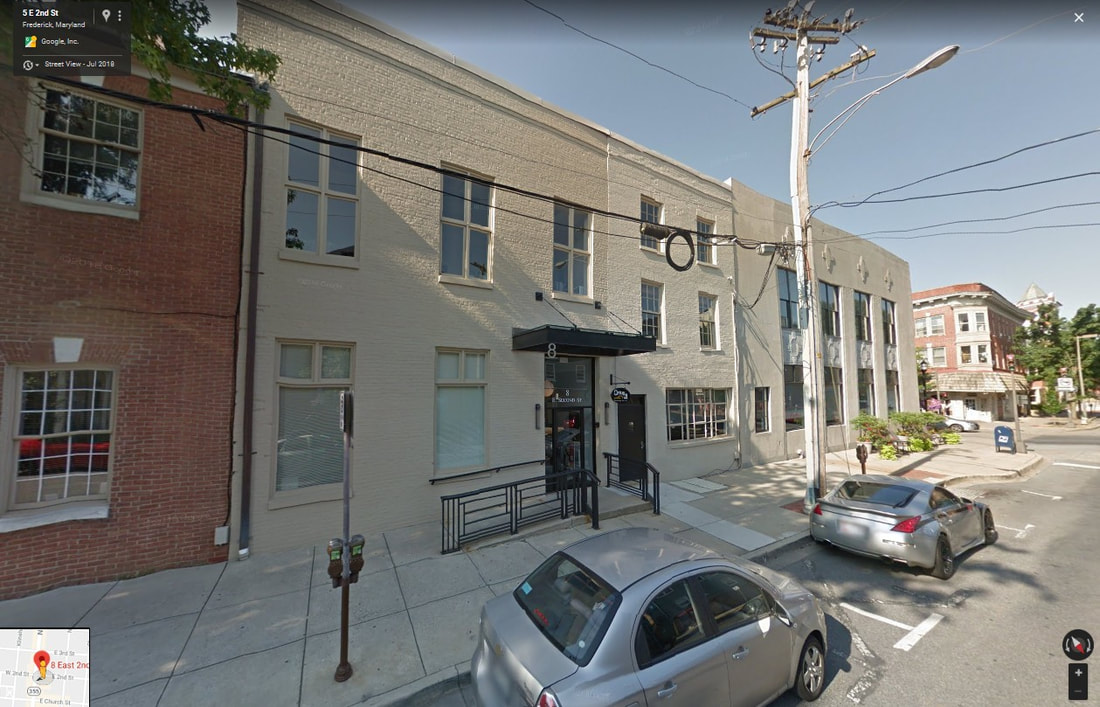
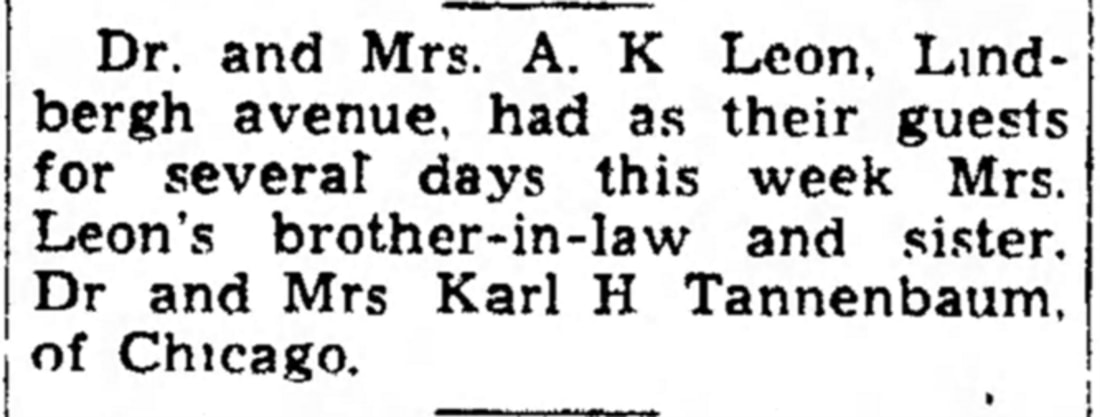
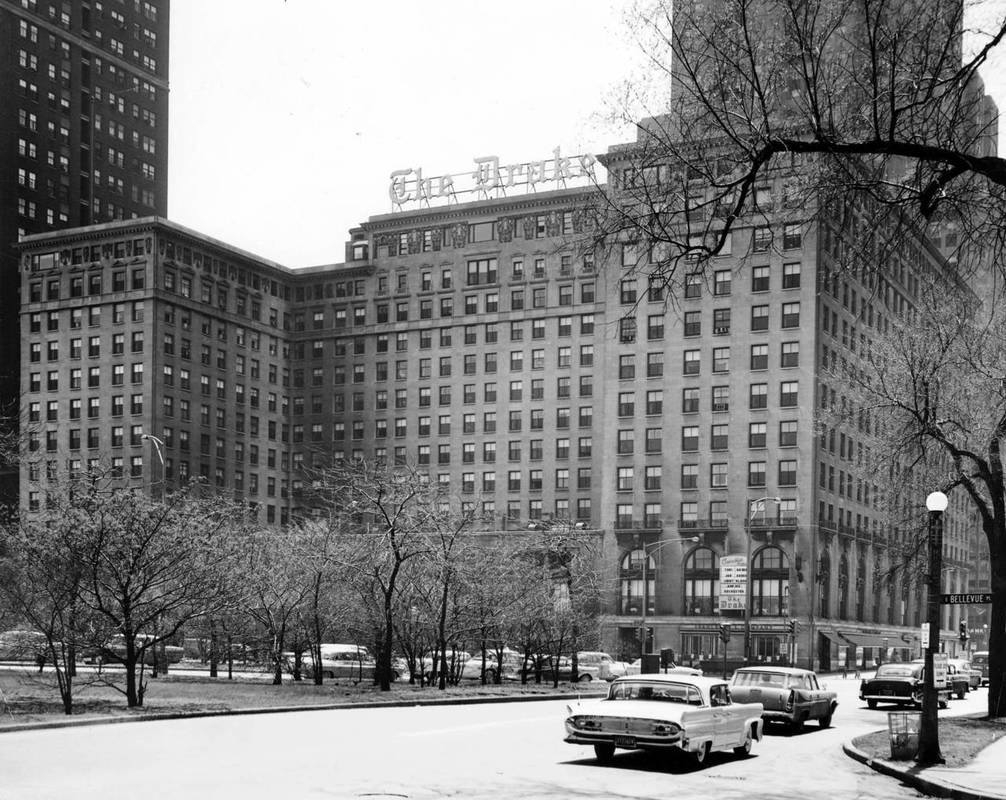
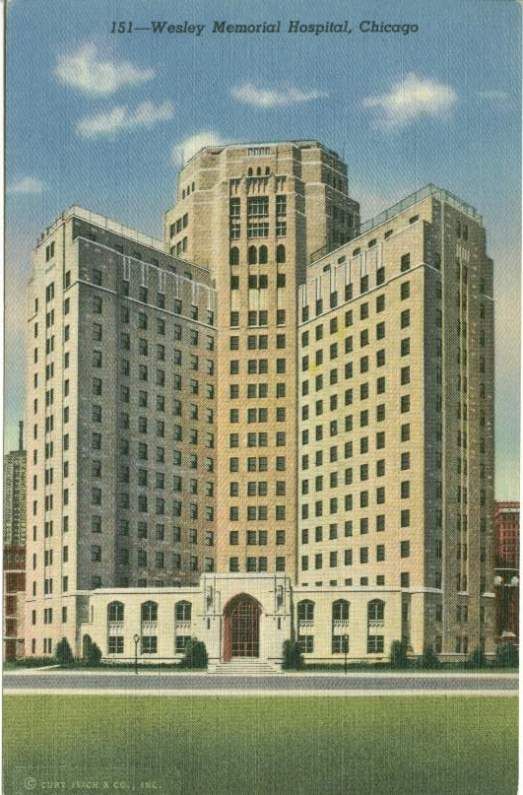
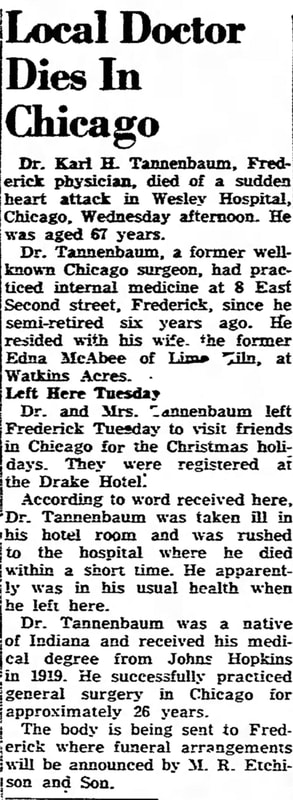

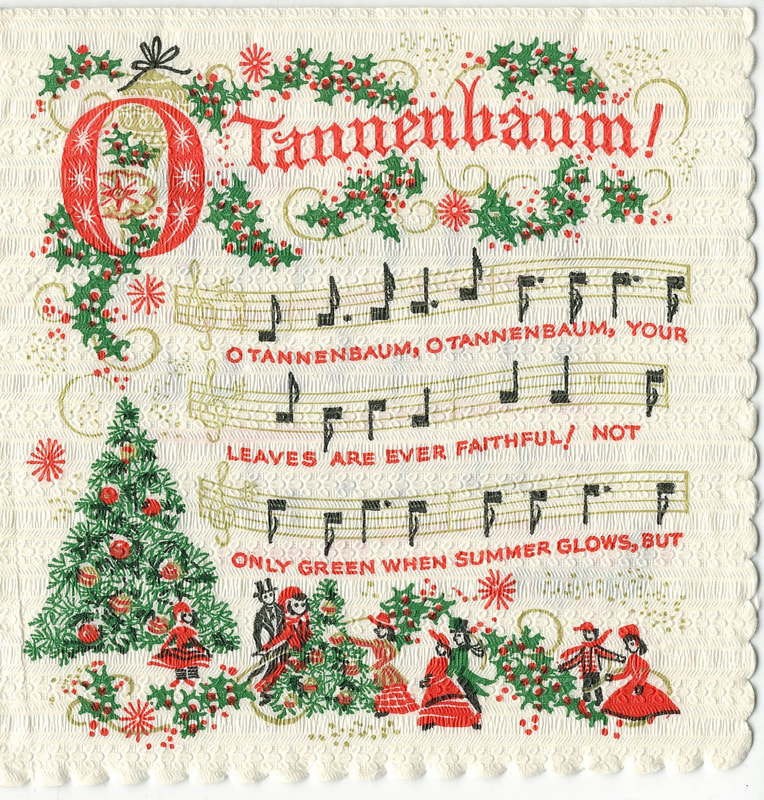
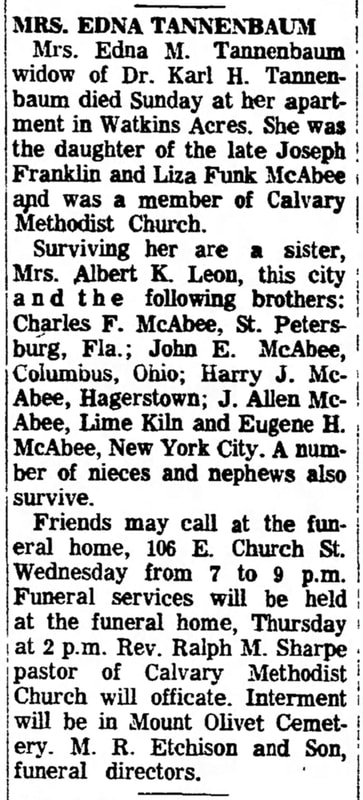
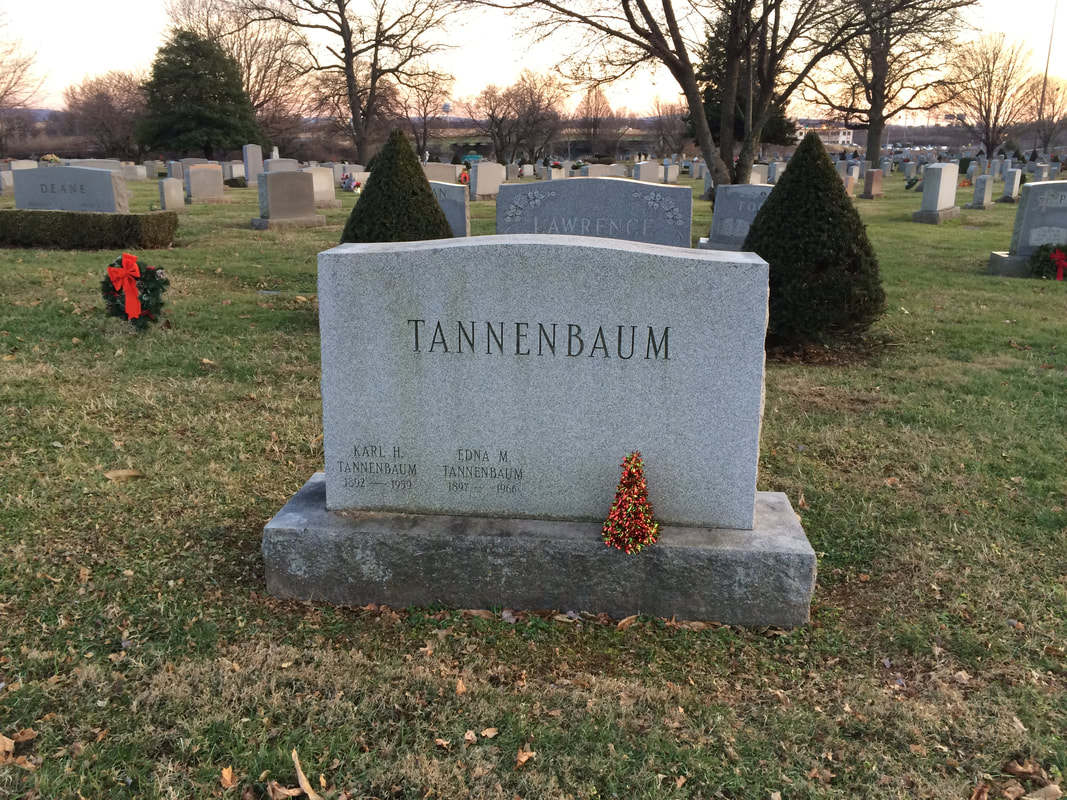
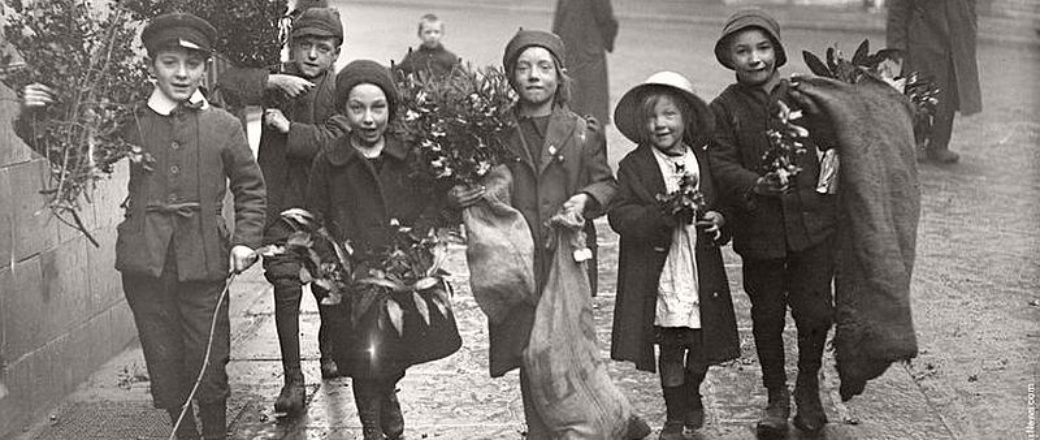
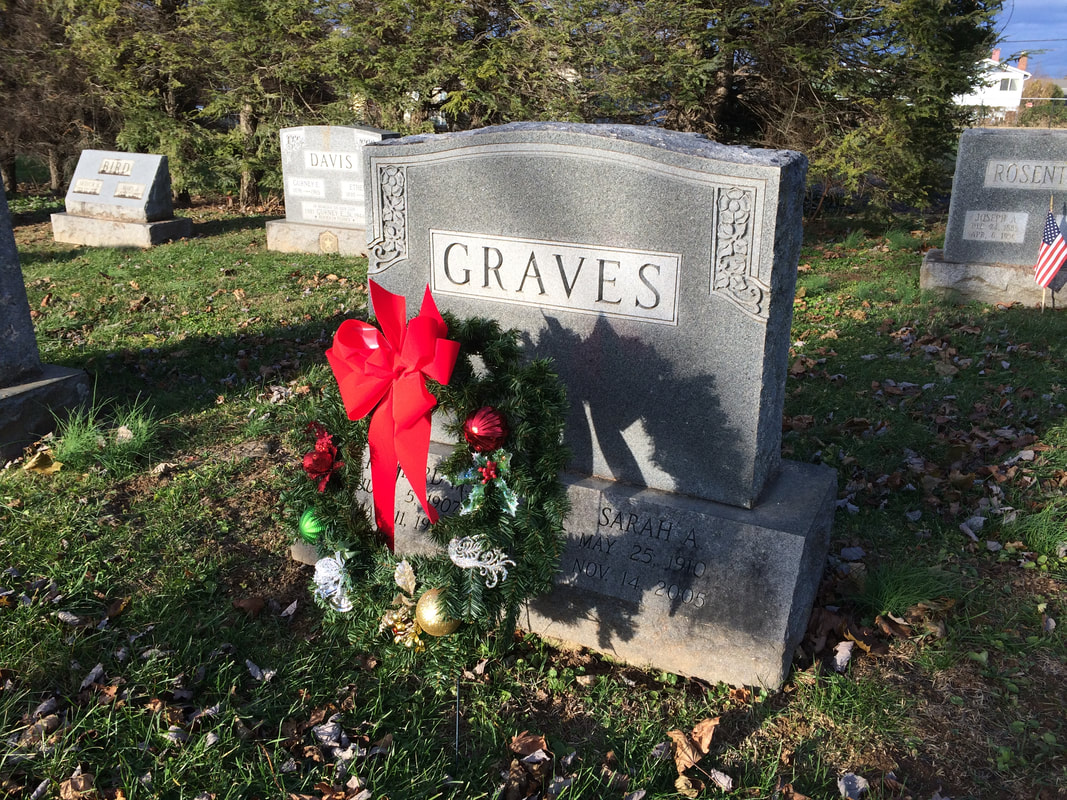
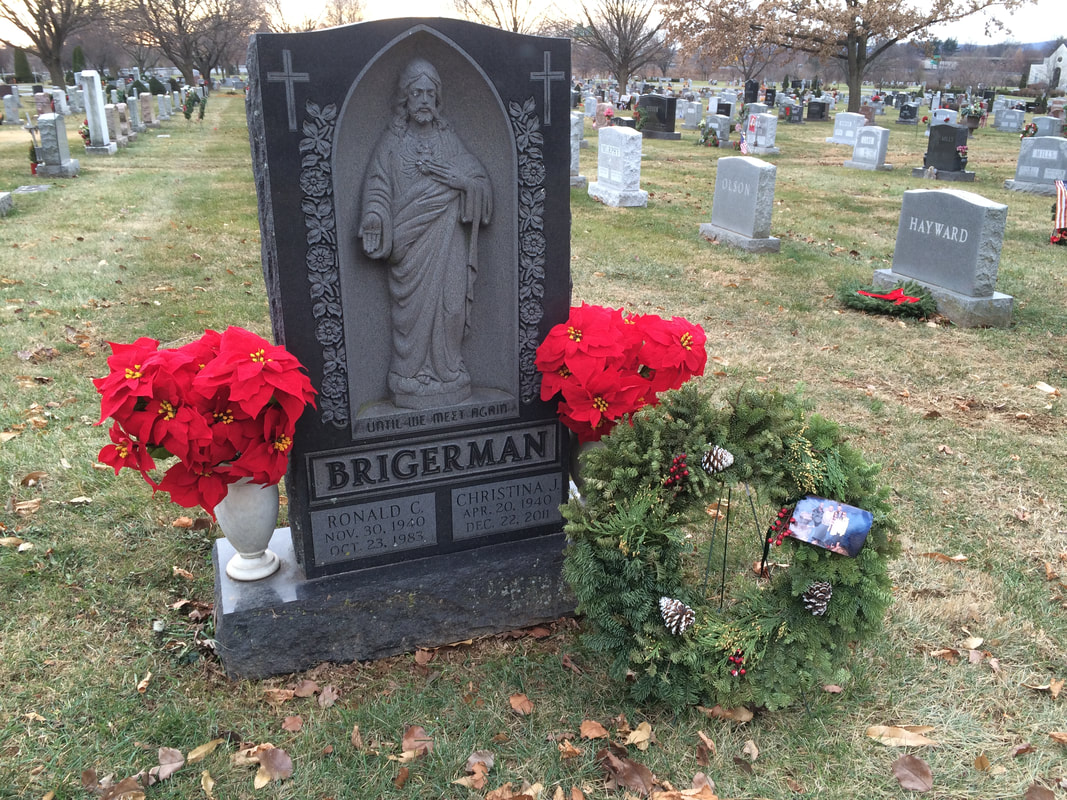
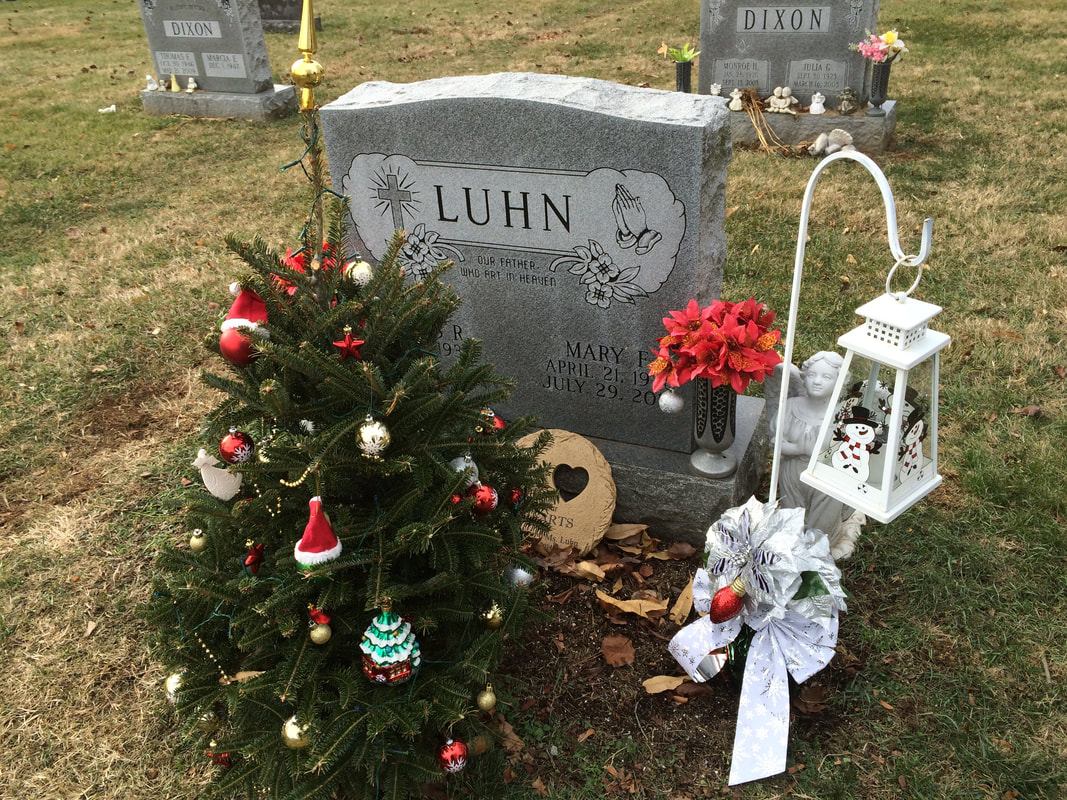
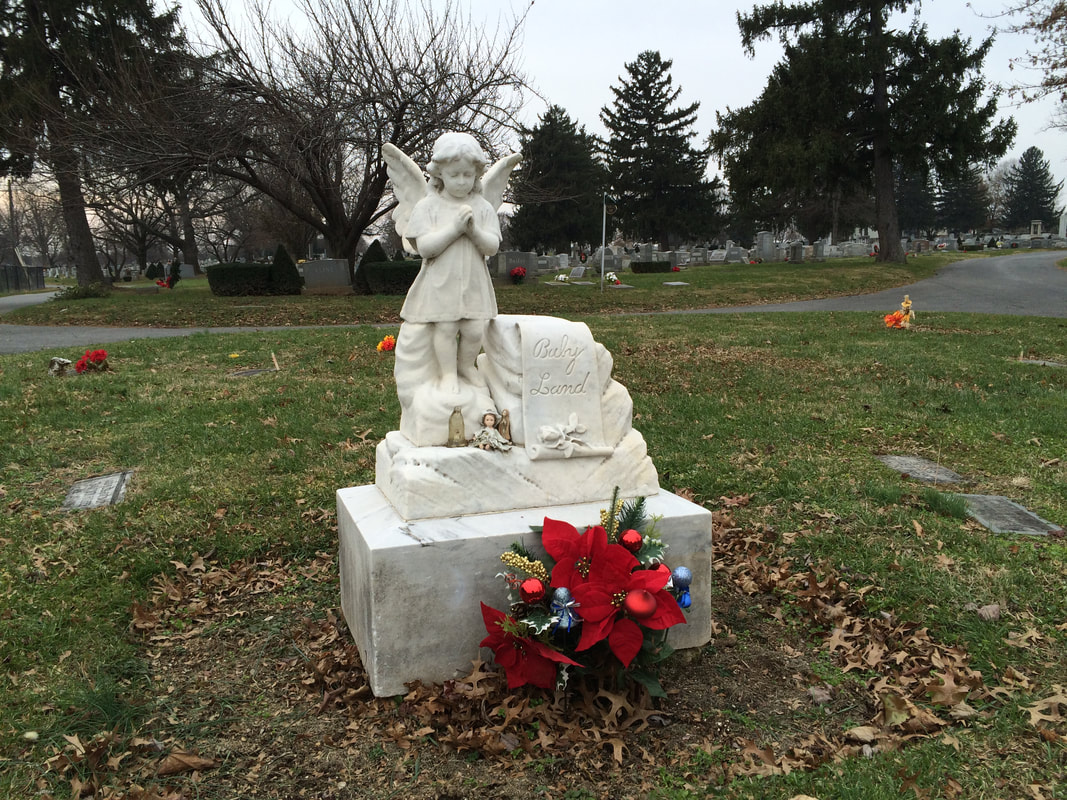
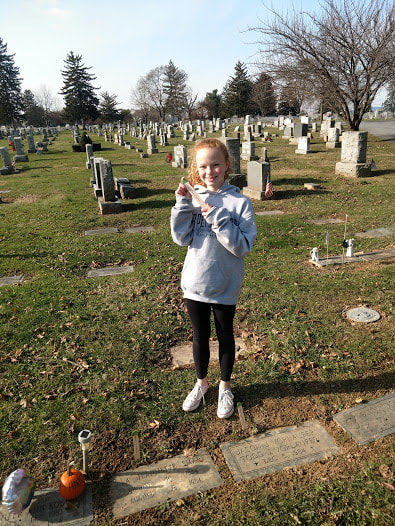
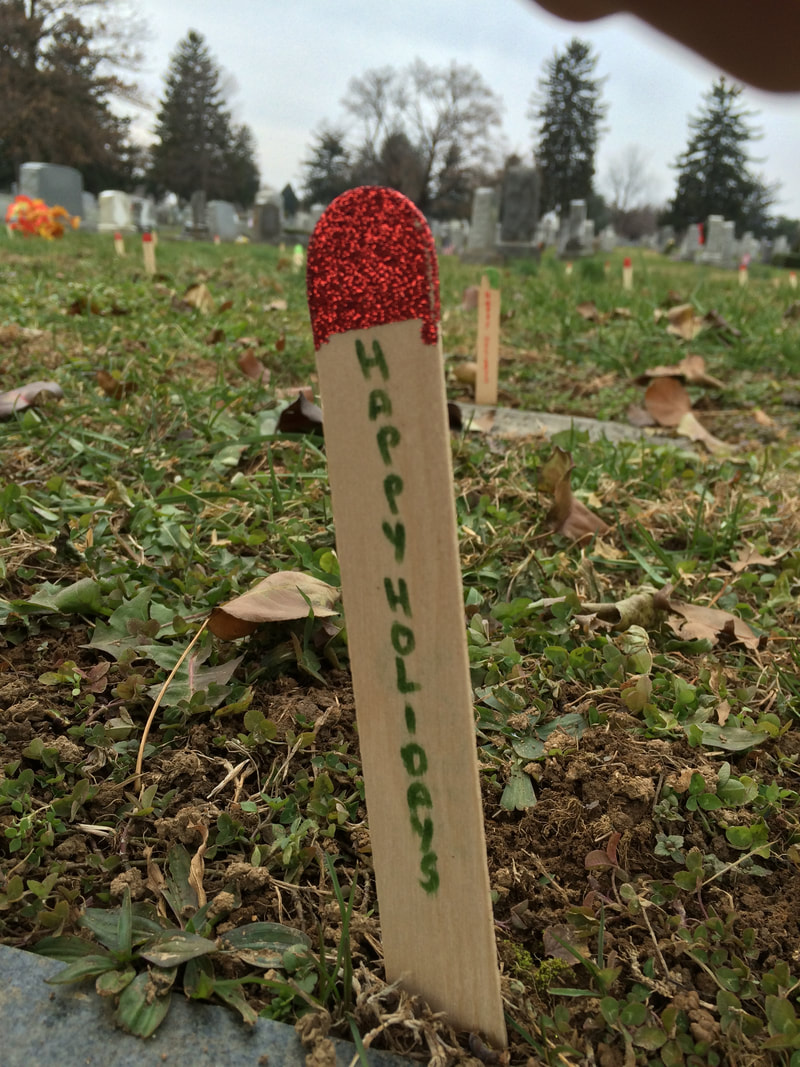
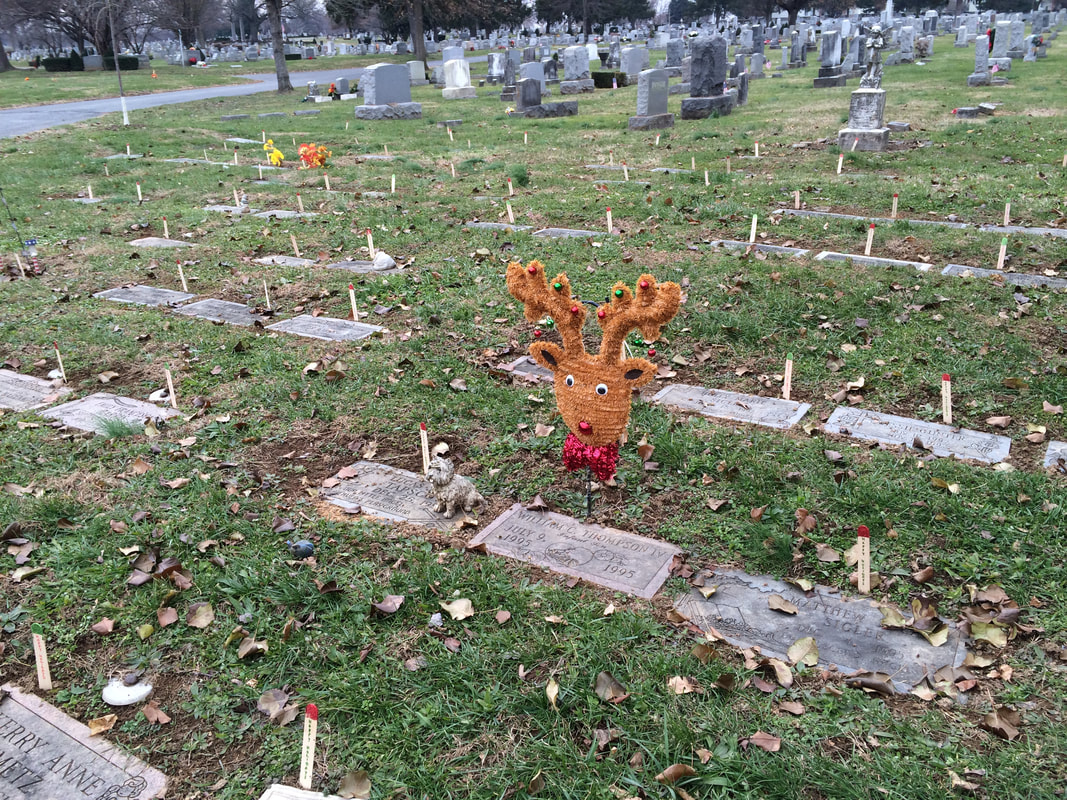
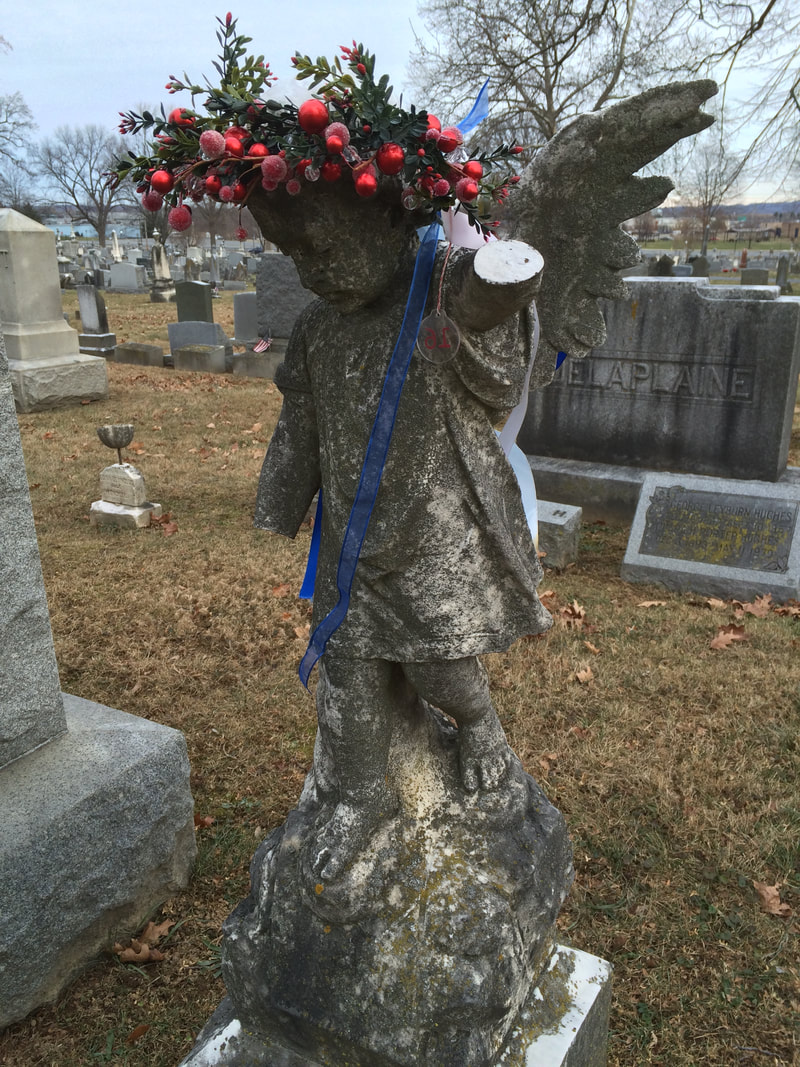
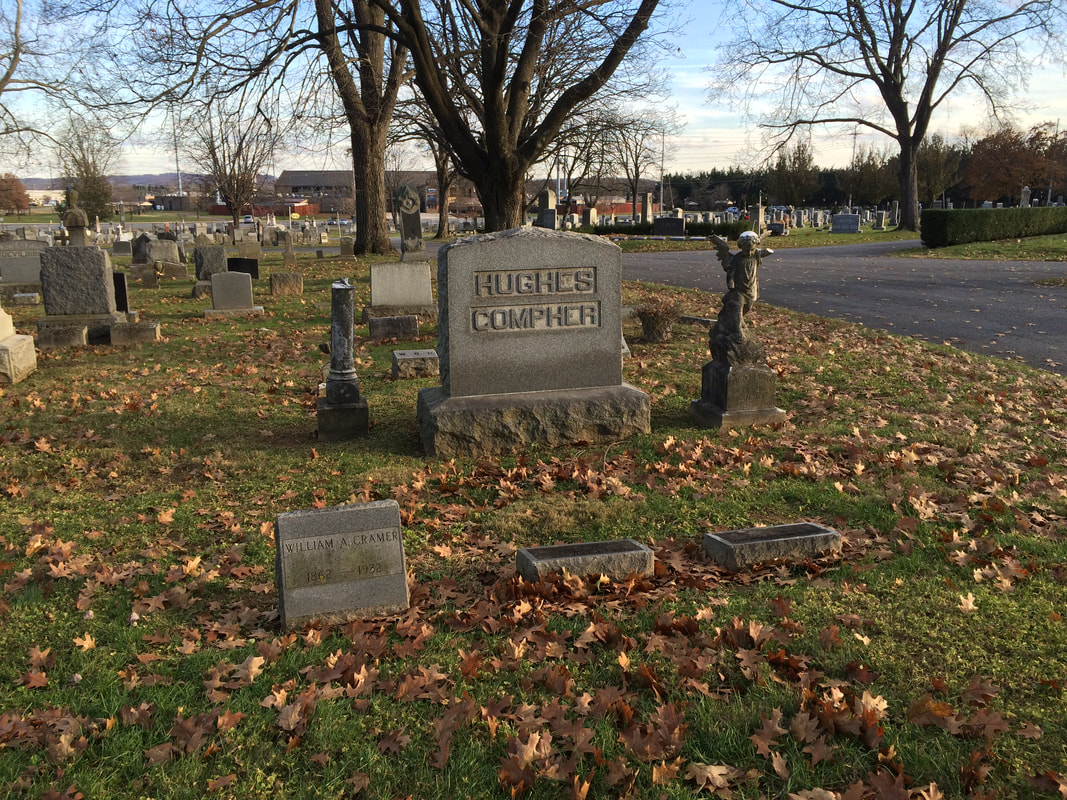
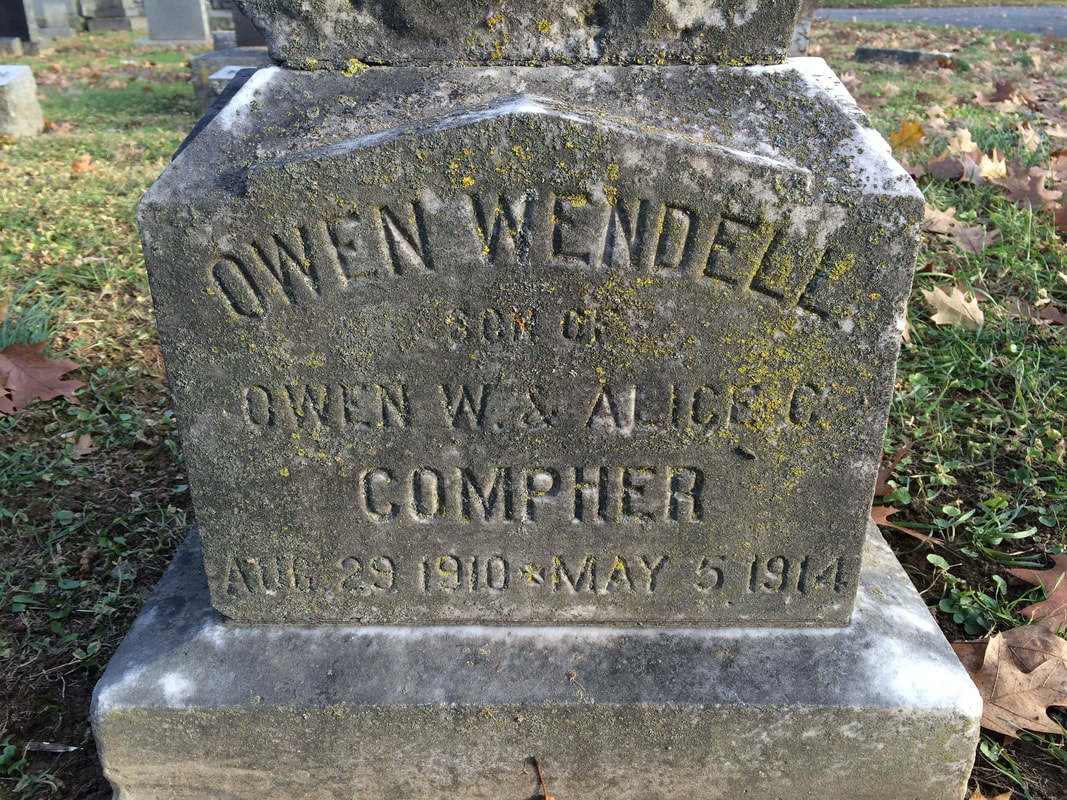
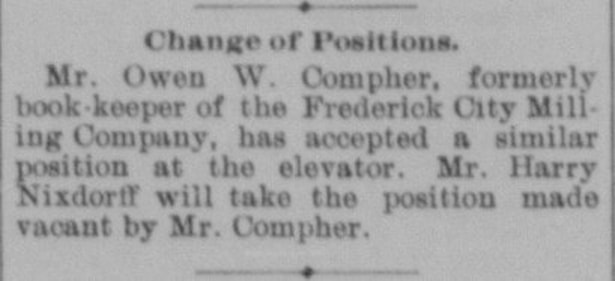
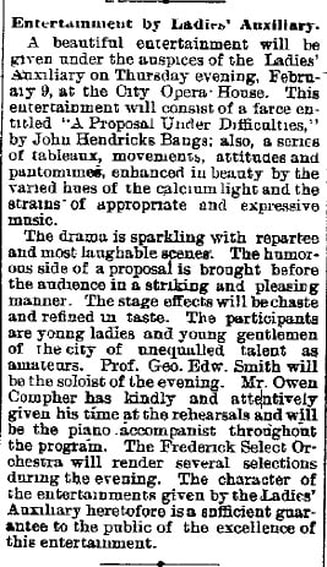
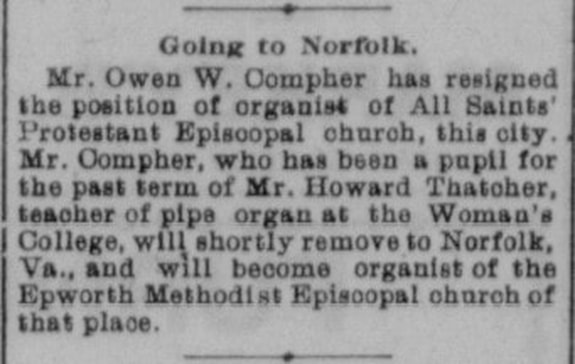
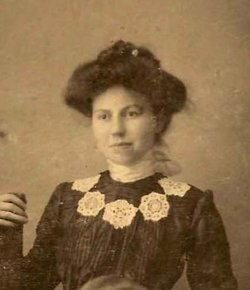
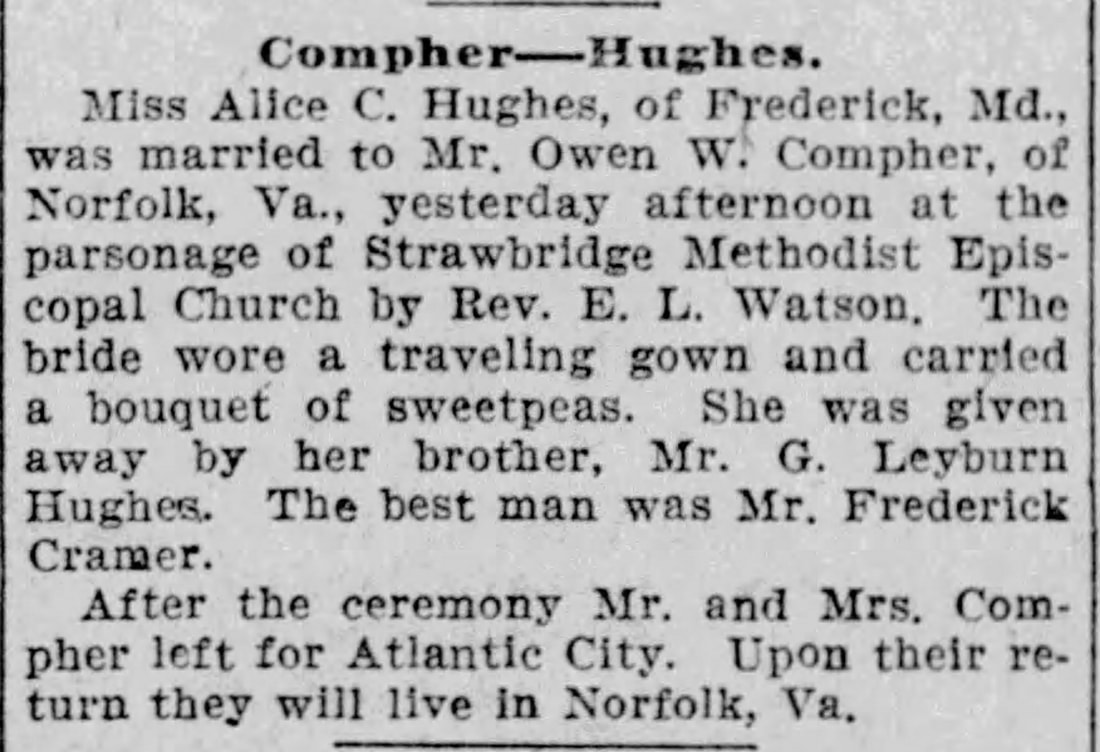

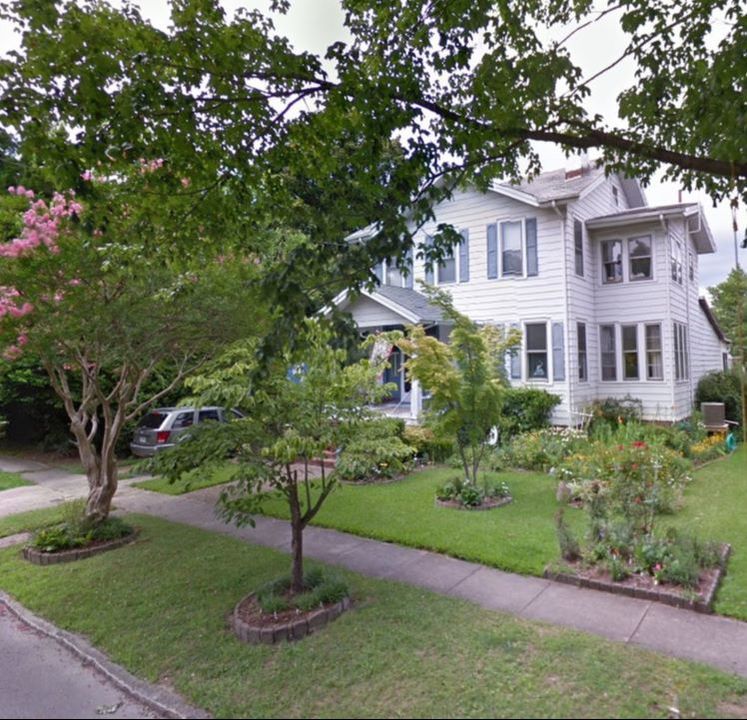
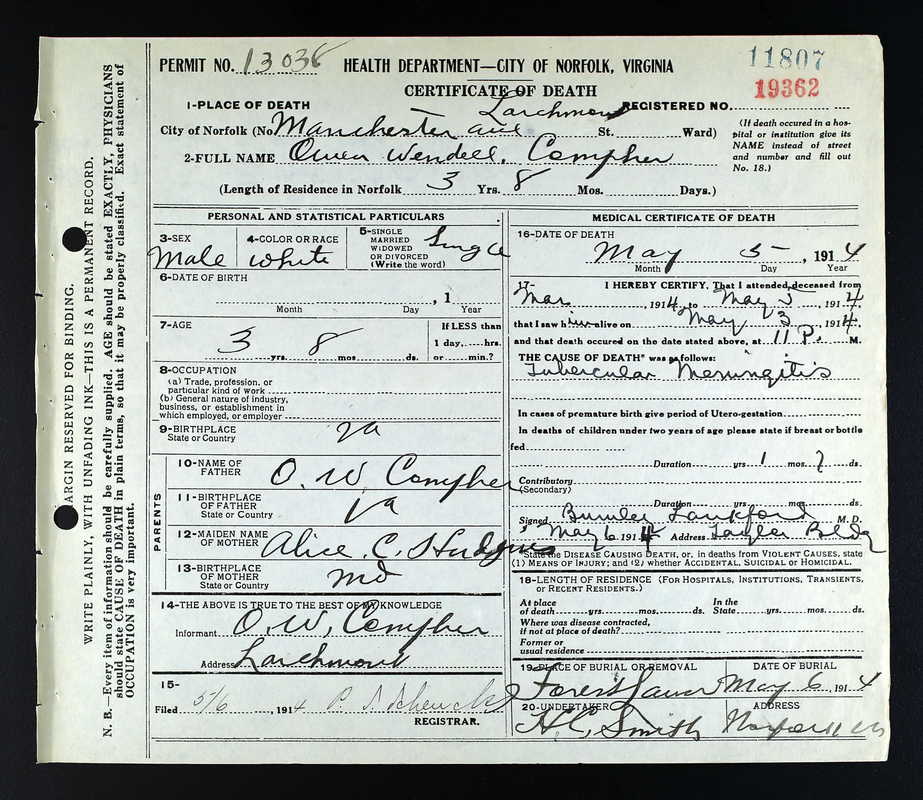
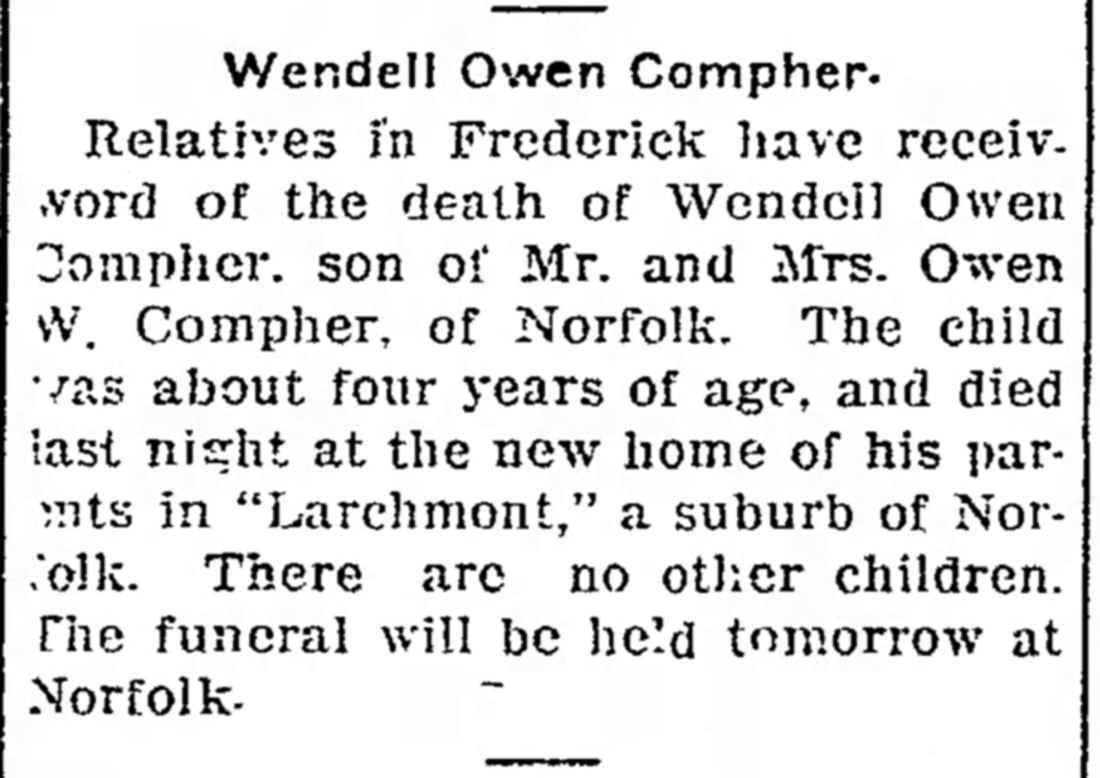
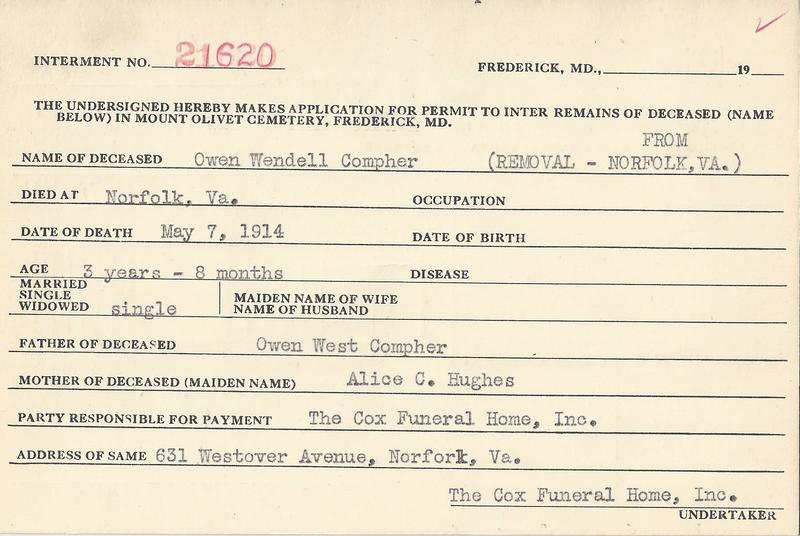
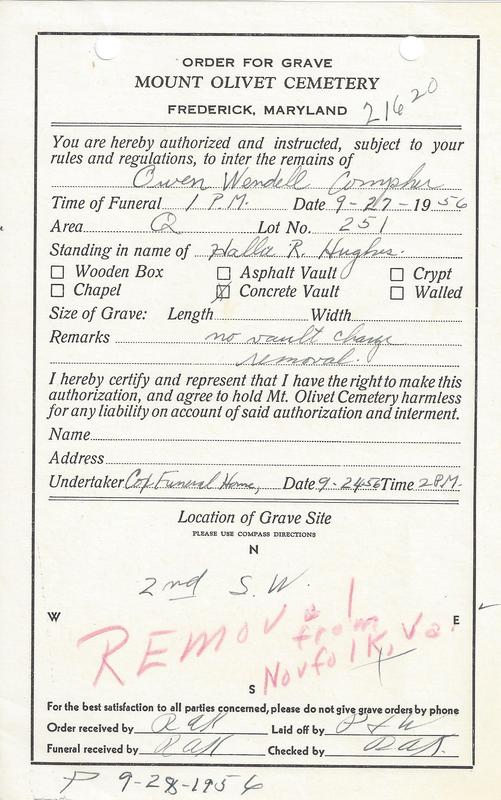
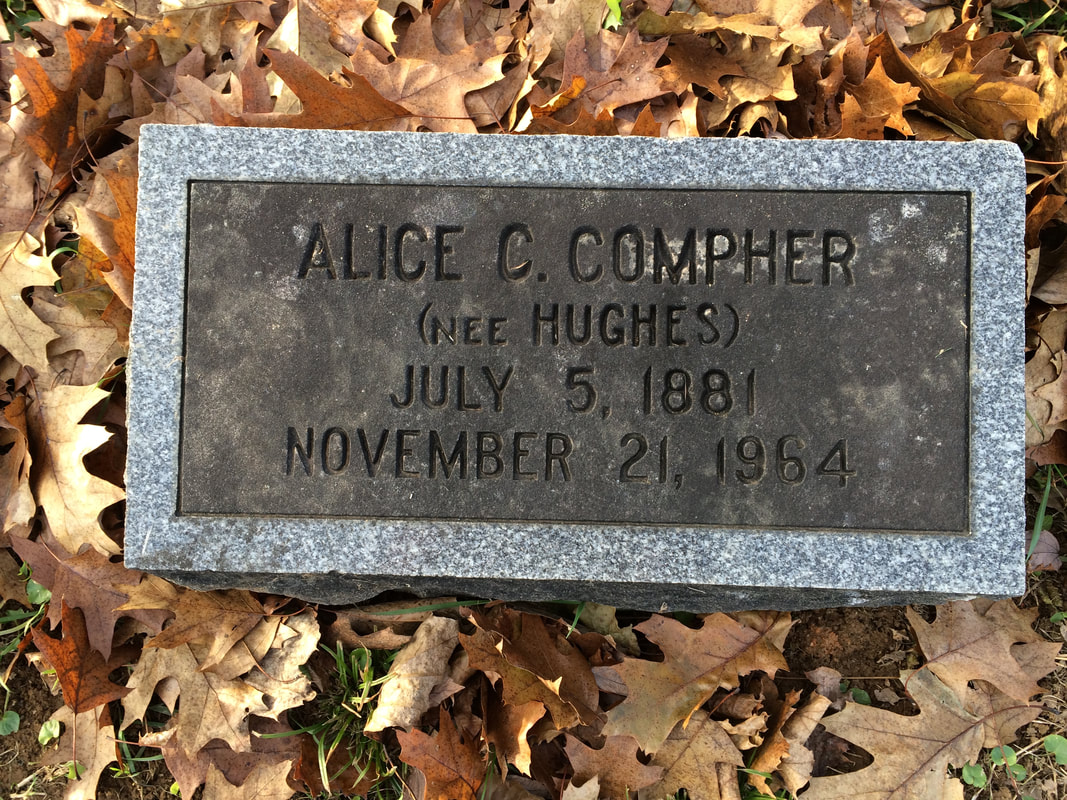
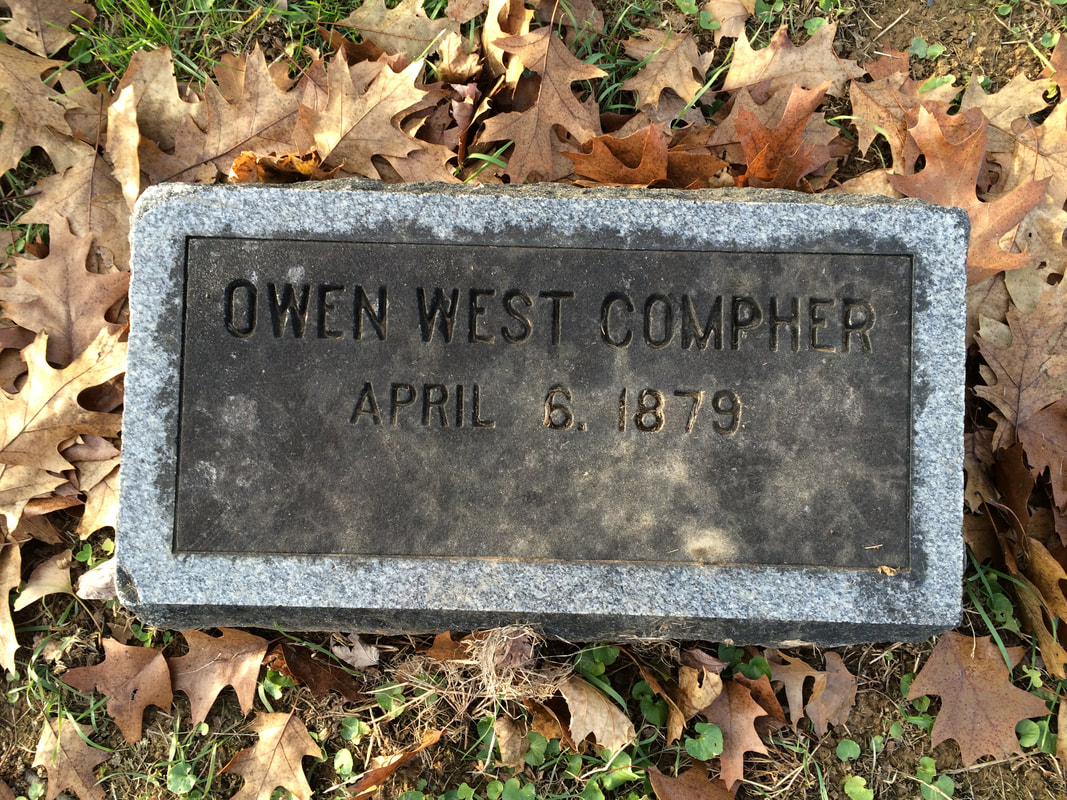
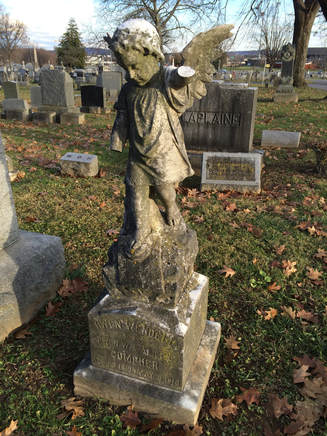
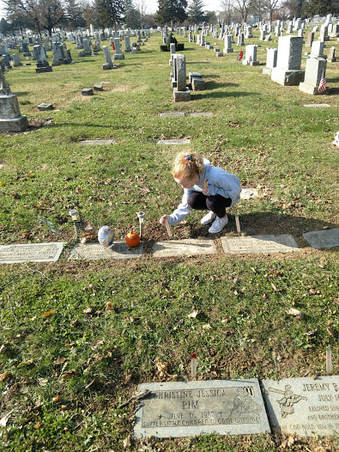

 RSS Feed
RSS Feed